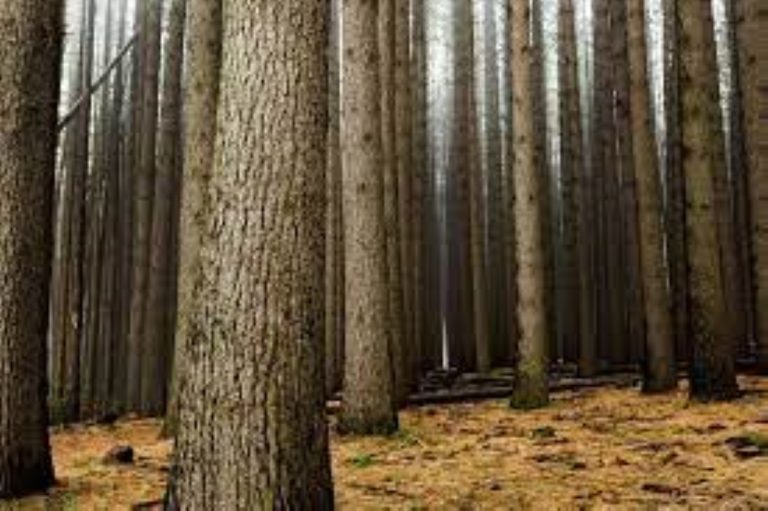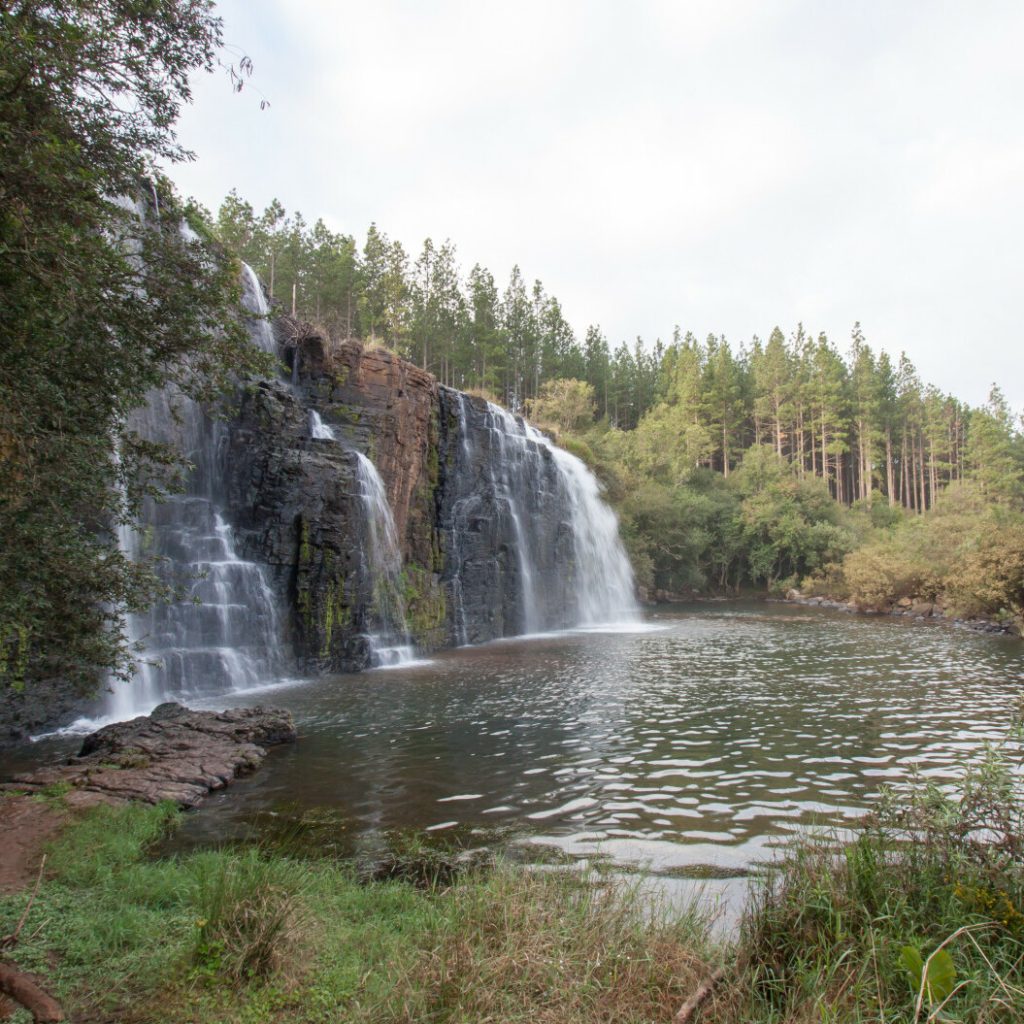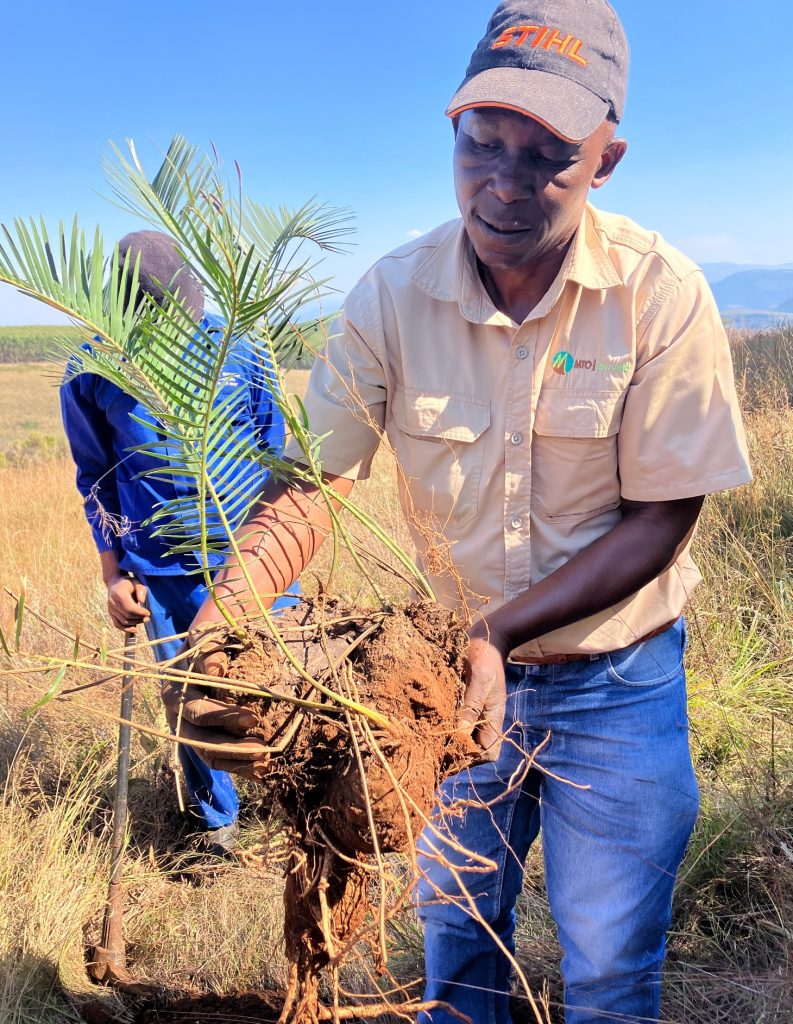
By Dr Ronald Heath, Forestry South Africa’s Director of Research and Protection
COP16 is underway in Colombia, with land use as a central theme. In this context, South Africa’s forestry sector plays a pivotal role in delivering Sustainable Development Goals (SDGs), among others, life on land, climate action, responsible consumption and production, decent work and economic growth, and partnerships.
As an anchor tenant in several rural areas, the South African forestry industry is uniquely positioned to optimise how land is used and managed while ensuring responsible environmental stewardship, biodiversity preservation, and rural development, as well as the source of renewable harvested wood products that feed into countless industries.



All of these actions contribute to achieving national climate and biodiversity targets, support livelihoods and alleviate poverty. Linked to this is human health and wellbeing, and inclusive participation.
Balancing act
Addressing these issues requires a fine balance where humanity’s immediate needs are met without compromising those of future generations. It is to this end that forestry companies are equipped to bring together the three spheres of sustainability – environmental, social and economic – at grassroots level.
With forestry requiring people in a wide variety of careers and jobs, it also needs to build the enterprises that service its operations. This in turn opens job opportunities and rural economic growth. Added to this are the various social initiatives where the sector actively contributes to infrastructure projects, food security and access to education, health and welfare in rural communities where this is often lacking.
One such initiative is She is Forestry, a dynamic platform aimed at empowering and promoting the role of women in forestry. As a champion for gender equality and inclusion, She is Forestry provides a mentorship network to inspire the next generation of women living in the rural communities neighbouring our members.
Nature-positive solutions
Plantations are not limited to commercial trees that are harvested for timber, pulp and paper, and poles. More than 20% of the forestry landscape remains unplanted. A bird’s view of a forestry landscape will show a ‘patchwork’ of timber plantations and grasslands, wetlands and indigenous woodlands. Collectively, they offer sanctuary and habitat for keystone species, as well as threatened and protected plants and animals, contributing to biodiversity conservation and sustaining vital ecological functions.
FSA’s Forestry Explained interactive map showcases some of the conservation initiatives underway within the forestry landscape. These include several proclaimed nature reserves that are home to a myriad of rare, endemic or threatened species, and programmes that focus on aspects such as monitoring water quality or rehabilitating high-altitude wetlands. Two such projects are the Blue Swallow programme at the 118-hectare Roelton Nature Reserve and MTO’S cycad conservation initiative.
The sector’s environmental and socio-economic impact is verified by forestry certification bodies. Over 80% of South Africa’s plantations are certified by the Forest Stewardship Council® (FSC®) or Programme for Endorsement of Forest Certification (PEFC) ( through the Sustainable African Forest Assurance Scheme). Their principles espouse the three spheres of sustainability and pave the way for the forestry sector to contribute to South Africa’s SDGs.
Partnerships and integration
To fully integrate the forestry sector into South Africa’s SDG commitments, close collaboration with the relevant government departments is essential to ensure that forestry’s role in the circular economy is maximised. Some of these collaborations have been made possible by the Presidential Public Private Growth Initiative which has seen the government and private sector taking hands to promote employment, job security, transformation, economic growth and global competitiveness.
As a sector managing natural, renewable resources, it’s crucial to showcase the many contributions forestry can make while identifying areas where more can be done to meet SDG milestones – both within our landholdings and beyond our operations.
As a custodian of rurally located natural resources, the forestry sector places great emphasis on creating social, environmental and economic sustainability, naturally aligning itself with many of South Africa’s SDG obligations. By contributing to these, we are not only helping to create a greener and more sustainable future, but we are also holding ourselves accountable for the responsible use of our resources.
As South Africa works towards its 2030 Sustainable Development Goals, the forestry sector needs to be recognised for its critical role in balancing environmental stewardship with social and economic progress. Through sustainable land management, biodiversity preservation, and fostering rural development, the industry contributes significantly to the country’s SDG commitments. By continuing to promote inclusive growth and nature-positive solutions, forestry will remain a key player in driving sustainability and creating a resilient, greener future for all.